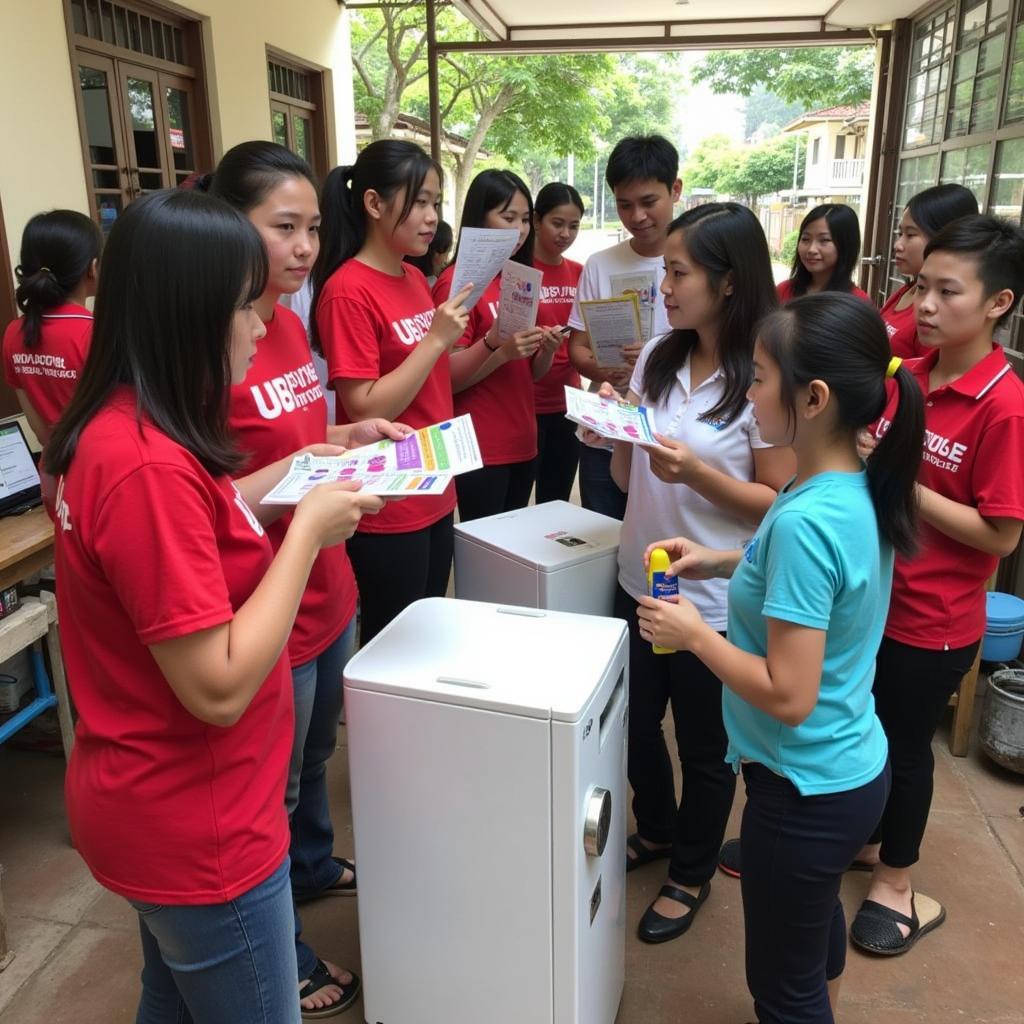Electrical safety is a critical concern across Southeast Asia, impacting public health, economic development, and the overall well-being of communities. As the ASEAN region experiences rapid urbanization and industrialization, the demand for electricity continues to surge. This growth brings with it the responsibility to ensure that electrical infrastructure, appliances, and practices prioritize safety at every level.
 Electrical Safety Awareness in ASEAN
Electrical Safety Awareness in ASEAN
The State of Electrical Safety in ASEAN
The diverse economic landscapes within ASEAN contribute to a range of electrical safety challenges. While some nations have made significant strides in modernizing their electrical grids and enforcing safety regulations, others still grapple with outdated infrastructure, limited awareness, and a lack of qualified electricians. This disparity highlights the need for a collaborative, region-wide approach to elevate electrical safety standards and practices.
“Harmonizing electrical safety regulations across ASEAN is not just about protecting lives, it’s about fostering a climate of trust and reliability that can attract foreign investment and bolster economic growth,” says Dr. Siti Norbaya, an electrical engineer specializing in power systems at the National University of Singapore.
Addressing Common Electrical Hazards
From bustling metropolises to rural villages, common electrical hazards pose significant risks across the ASEAN region. These include:
- Overloaded circuits: Using multiple high-wattage appliances on a single circuit can lead to overheating and fires.
- Damaged wiring: Frayed, cracked, or exposed wires are a major electrocution hazard.
- Improper grounding: Lack of proper grounding increases the risk of electrical shocks.
- Unsafe electrical installations: Unqualified individuals performing electrical work can create hazardous conditions.
- Counterfeit electrical products: The prevalence of counterfeit appliances and devices raises safety concerns.
Promoting Electrical Safety Culture
Creating a culture of electrical safety is an ongoing effort that requires the collective participation of governments, businesses, and individuals. Here are some key strategies:
1. Strengthening Regulatory Frameworks
Developing and enforcing comprehensive electrical safety codes and standards is crucial. This includes regulations for electrical installations, inspections, and the use of certified electrical equipment.
2. Raising Public Awareness
Public awareness campaigns can educate citizens about electrical hazards, safe practices, and the importance of using qualified electricians.
3. Empowering Consumers
Consumers need access to clear information about the safety of electrical products. This includes promoting product certification labels and raising awareness about counterfeit goods.
4. Investing in Training
Training and certification programs for electricians are essential to ensure a skilled workforce that adheres to safety standards.
ASEAN’s Role in Fostering Electrical Safety
ASEAN plays a crucial role in promoting regional cooperation on electrical safety. The ASEAN Consultative Committee on Standards and Quality (ACCSQ) facilitates the development of harmonized standards for electrical equipment and installations.
Conclusion
Prioritizing electrical safety is paramount for ASEAN’s sustainable development. By addressing the unique challenges and leveraging regional collaboration, ASEAN can create a safer, more secure, and prosperous future for all. Investing in robust infrastructure, fostering a culture of safety, and empowering individuals with knowledge are crucial steps in mitigating risks and unlocking the full potential of a brighter, electrically powered future for Southeast Asia.
